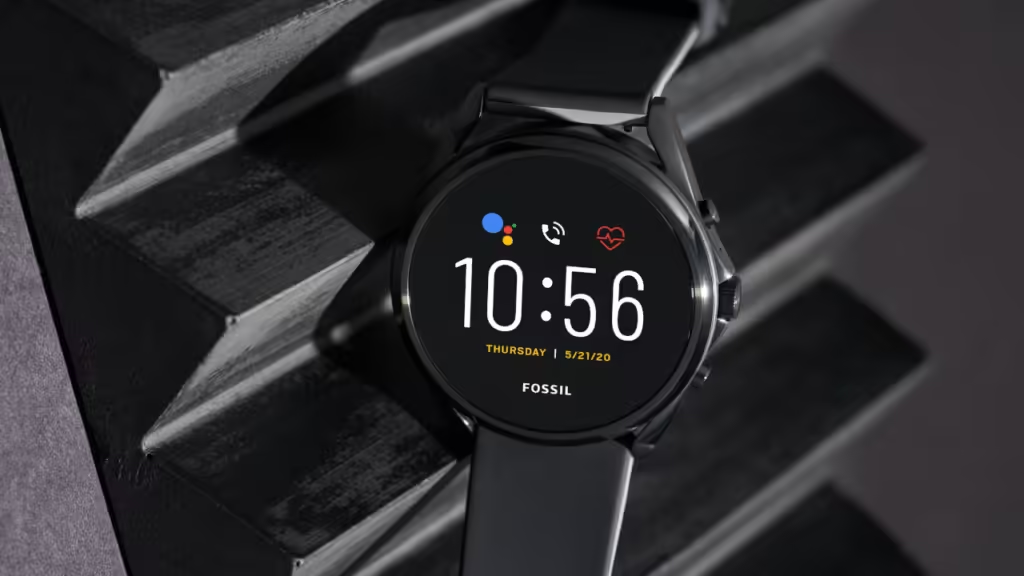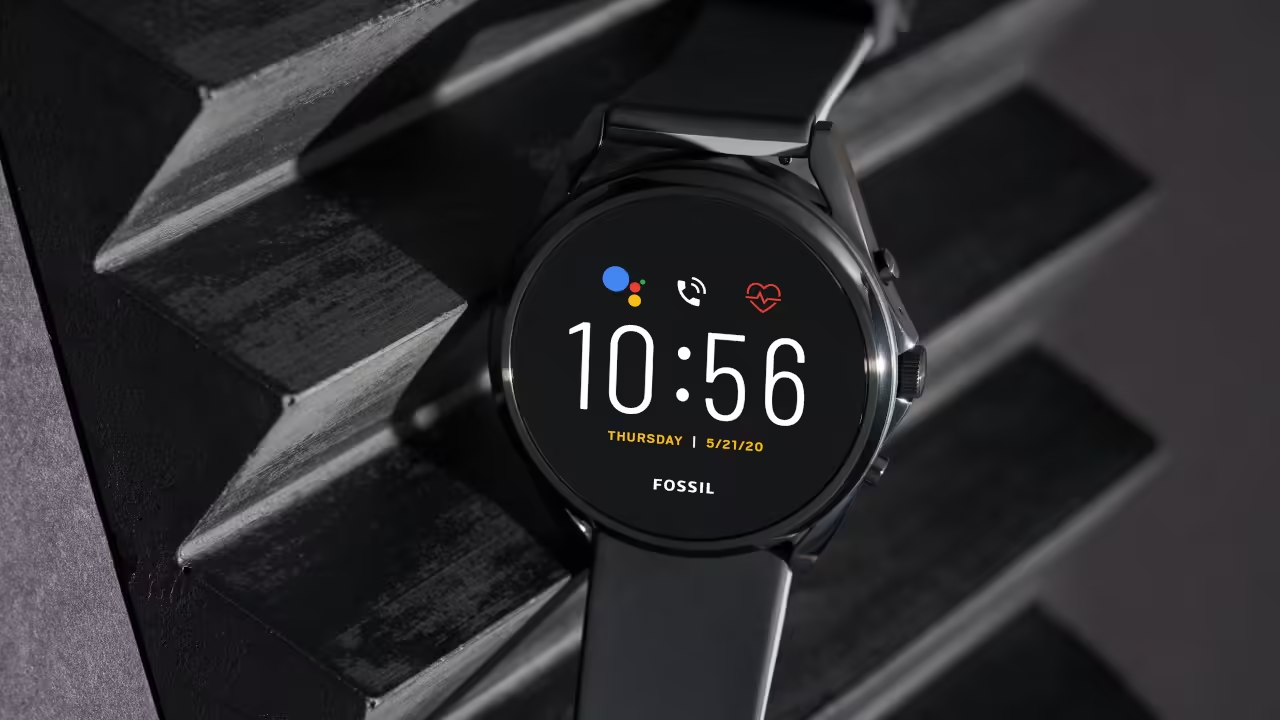Wearable technology continues to transform how we interact with devices, and Wear OS remains a key player in the wearable ecosystem. In 2024, Wear OS has become more powerful and efficient, offering developers the opportunity to build rich, intuitive apps for smartwatches and other wearables. With enhanced features, improved hardware, and better integration with Android, Wear OS is evolving to support a wide range of applications, from health monitoring to personal assistants and fitness tracking.
In this blog post, we’ll explore the latest advancements in Wear OS development and outline the essential steps and best practices for building innovative Android apps for wearables.
What’s New in Wear OS for 2024?
Wear OS in 2024 brings several updates that improve both user experience and developer capabilities. From advanced fitness tracking features to seamless integration with Google services, the platform is well-positioned to lead the charge in wearable technology. Some key updates include:
• Enhanced Health and Fitness APIs: Wear OS continues to focus on health, with improvements to heart rate monitoring, sleep tracking, and new blood oxygen level tracking capabilities.
• Improved Battery Life: Optimizations at both the software and hardware levels now offer better battery life, a long-standing challenge for wearables.
• Expanded App Ecosystem: Google’s focus on expanding the Google Play Store for wearables means developers have more opportunities to reach users with high-quality apps.
• Custom Watch Faces and Complications: Wear OS now provides enhanced customization options for watch faces, allowing developers to offer more interactive and personalized user experiences.
Why Build for Wear OS in 2024?
Developing apps for Wear OS offers several advantages that make it an appealing platform for developers:
1. Growing User Base: With the continued popularity of smartwatches, Wear OS boasts an expanding global user base, giving developers access to millions of potential users.
2. Rich Android Ecosystem: Since Wear OS is built on Android, developers can leverage familiar tools, APIs, and frameworks, making it easier to create apps for both mobile devices and wearables.
3. Integration with Google Services: Wear OS offers seamless integration with Google Fit, Google Maps, Google Assistant, and other popular services, allowing developers to create highly functional apps.
4. Emerging Use Cases: The demand for wearable apps that support fitness, health monitoring, and real-time notifications is growing rapidly, offering opportunities for developers to create apps that address these needs.

Best Practices for Wear OS Development
1. Focus on Simplicity and Usability
Wearable devices, especially smartwatches, have smaller screens and are designed for quick interactions. It’s essential to focus on minimalist UI design and ensure that your app is optimized for simple, glanceable content.
Best Practices:
• Keep interfaces uncluttered and avoid overloading the user with too much information.
• Use large, easy-to-tap buttons and controls.
• Prioritize gestures and voice commands where possible to enhance usability.
2. Leverage Watch-Specific Features
Wear OS offers features like complications, which allow apps to provide snippets of information on the watch face itself. By integrating these features, you can offer more value to users without requiring them to open the app.
Best Practices:
• Use complications to display key metrics like step count, heart rate, or notifications.
• Customize the app to take advantage of the device’s sensors, such as the accelerometer, heart rate monitor, and GPS.
3. Optimize for Battery Life
Wearable devices have limited battery capacity, so optimizing for battery efficiency is critical. Avoid unnecessary background processes, excessive network requests, and animations that drain the battery.
Best Practices:
• Schedule tasks during off-peak times to reduce the impact on battery life.
• Use the Jetpack Wear OS libraries to ensure efficient power management.
• Take advantage of Doze Mode and Battery Saver APIs to optimize power consumption.
4. Ensure Seamless Connectivity
Many Wear OS devices sync with mobile phones for data access and notifications. It’s important to ensure that your app handles connectivity issues gracefully and maintains functionality even when the wearable is disconnected from the phone.
Best Practices:
• Use Data Layer API to sync data between the watch and phone seamlessly.
• Implement offline functionality where possible, allowing users to access basic features even without an active connection.
5. Utilize Jetpack Compose for Wear OS
Google’s Jetpack Compose framework is now available for Wear OS, enabling developers to build UIs with less code and more declarative logic. Using Jetpack Compose simplifies UI development for wearable apps, offering a modern approach to building reactive UIs.
Best Practices:
• Implement Jetpack Compose for Wear OS to take advantage of its declarative UI structure.
• Use Wear Material Design components to ensure a consistent and intuitive user experience.
Key Tools for Wear OS Development in 2024
1. Android Studio: Android’s official development environment offers all the necessary tools for building Wear OS apps, including Wear OS emulators and debugging tools.
2. Jetpack Libraries: Jetpack offers several libraries specifically designed for Wear OS, such as Wearable, Health Services, and Data Layer libraries.
3. Firebase: Google’s Firebase platform offers backend services, including analytics, authentication, and cloud storage, that integrate easily with Wear OS apps.
4. Google Fit SDK: For health and fitness apps, Google Fit provides a robust SDK to access sensor data and track user metrics like steps, heart rate, and calories burned.
Top Use Cases for Wear OS Apps in 2024
1. Fitness and Health Monitoring: As wearable devices become more advanced, health-focused apps are thriving. Developers can build apps for tracking workouts, monitoring vital signs, and even providing guided meditation or stress management tools.
2. Personal Assistants and Notifications: Apps that assist users with scheduling, task management, and receiving real-time notifications will remain popular. Integrating with Google Assistant makes smartwatches even more helpful in daily life.
3. Navigation and Mapping: With the integration of Google Maps, Wear OS is ideal for apps that provide turn-by-turn navigation, location tracking, and directions, especially for users on the go.
Conclusion: Wear OS in 2024 – The Future of Wearable Android Apps
In 2024, Wear OS has cemented its place in the wearable market, offering developers an incredible platform to build powerful and innovative apps. From fitness tracking to smart notifications and custom watch faces, Wear OS provides a rich ecosystem for developers to create seamless, user-friendly experiences.
With the latest updates, including enhanced health APIs, improved battery life, and Jetpack Compose integration, Wear OS is more developer-friendly than ever. As the wearable market continues to grow, developing apps for Wear OS in 2024 is an exciting opportunity to tap into this expanding field.

